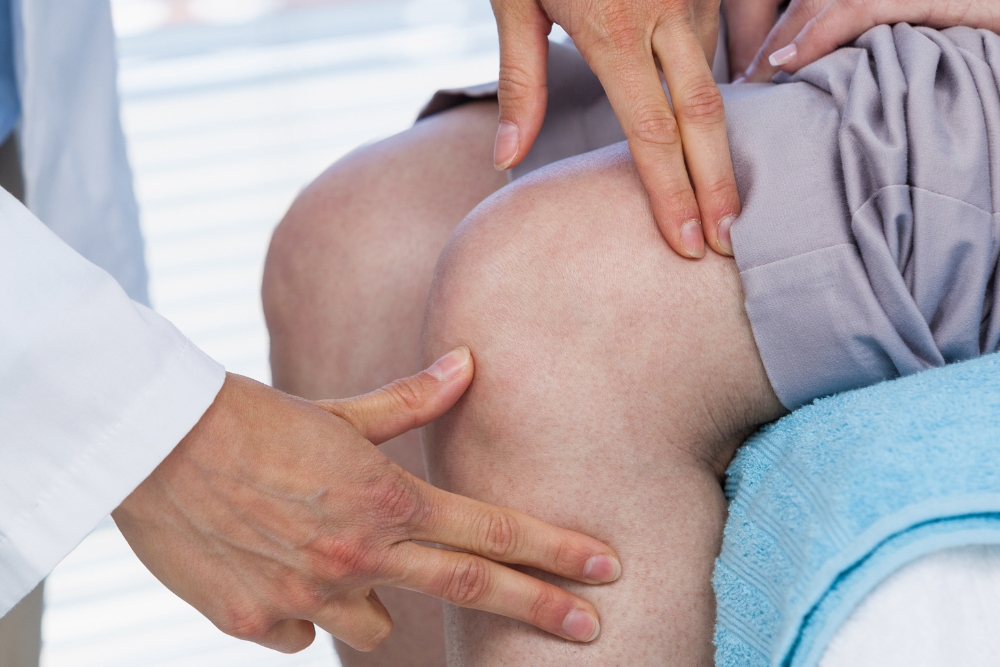Managing Shoulder Pain: Options for Care and Recovery
Shoulder pain can stem from irritated tendons, stiff joints, or overuse, and the right treatment depends on what is causing the discomfort. From home measures to structured rehabilitation and medical procedures, this guide explains how clinicians approach shoulder problems and what you can do to support recovery safely.

Shoulder pain can interrupt sleep, limit work, and make everyday tasks uncomfortable. Because the shoulder is a complex joint with muscles, tendons, and cartilage working together, effective treatment begins with identifying the likely source of pain. Common contributors include rotator cuff irritation, tendonitis, bursitis, frozen shoulder, and shoulder arthritis. The steps below outline widely used approaches—from self-care to clinical therapies—that can help reduce pain and restore function in a safe, gradual way.
Shoulder pain relief strategies
Many people improve with a blend of short-term symptom relief and long-term strengthening. For flare-ups, temporary activity modification, ice or heat (about 20 minutes at a time), and over-the-counter pain relievers used as directed may calm irritation. Gentle range-of-motion exercises help prevent stiffness when pain allows. As symptoms settle, progressive strengthening of the rotator cuff and shoulder blade (scapular) muscles supports the joint and reduces future strain. Pay attention to posture, desk setup, and overhead activities, as small changes can lower stress on irritated tissues. Seek urgent evaluation for severe pain after trauma, visible deformity, fever, or significant weakness, as these may indicate conditions needing prompt medical care.
Frozen shoulder treatment
Frozen shoulder (adhesive capsulitis) often develops gradually, moving through freezing, frozen, and thawing phases characterized by pain and stiffness. Early care focuses on pain control and gentle stretching to preserve motion without aggravating symptoms. Clinicians may recommend supervised physical therapy, a consistent home routine, and anti-inflammatory strategies where appropriate. In some cases, a corticosteroid injection or hydrodilatation (saline expansion of the joint capsule) can reduce pain and improve range. If progress stalls after months of structured care, procedures such as manipulation under anesthesia or arthroscopic capsular release may be considered. People with diabetes or thyroid conditions are at higher risk and may need a longer, carefully paced program.
Shoulder arthritis essentials
Shoulder arthritis involves cartilage wear in the glenohumeral joint or the acromioclavicular (AC) joint. Symptoms typically include deep aching, stiffness, and crunching sensations during movement. Early management emphasizes activity modification, heat before exercise and ice after, and targeted strength work to support the joint. Nonsteroidal anti-inflammatory drugs, topical analgesics, and periodic injections may help manage flare-ups when appropriate. When conservative care is not sufficient and daily function is significantly affected, surgical options such as arthroscopy for select issues or shoulder replacement for advanced wear may be discussed. A clinician can tailor imaging and treatment based on symptom pattern and functional goals.
Physical therapy shoulder programs
Physical therapy shoulder plans aim to restore motion, strength, and movement quality. Early sessions may emphasize gentle mobilization, scapular stabilization, and isometric work that does not provoke pain. As tolerance improves, therapy typically progresses to rotator cuff strengthening, closed-chain stability drills, and functional patterns like reaching or lifting at various angles. Manual therapy can address capsular tightness and soft-tissue restriction, while neuromuscular training refines shoulder blade control during overhead movements. A well-structured home program—performed consistently—often determines long-term success. Therapists also address ergonomics, sleep positions, and load management so gains achieved in the clinic translate to daily life.
Tendonitis shoulder: care and recovery
Tendonitis shoulder usually affects the rotator cuff or biceps tendon. It often follows a spike in activity, repetitive overhead work, or technique changes in sports. Initial management prioritizes reducing provocative movements, using ice after activity, and gradually reloading the tendon with low-irritation exercises such as isometrics. Eccentric and heavy–slow resistance progressions are introduced as pain allows, strengthening the tendon and muscle unit. Soft-tissue techniques, taping, or temporary braces may help with comfort and mechanics. If night pain or persistent weakness continues despite several weeks of guided care, further assessment may be needed to rule out partial tears, impingement, or other conditions that require a modified plan.
This article is for informational purposes only and should not be considered medical advice. Please consult a qualified healthcare professional for personalized guidance and treatment.
Effective approaches for shoulder pain blend accurate assessment, phased rehabilitation, and practical adjustments to daily activities. Many conditions improve with consistent home exercises and professional guidance, while some require injections or surgery when conservative care is not enough. Monitoring symptoms, pacing activity, and focusing on quality movement patterns support steady, sustainable recovery.




